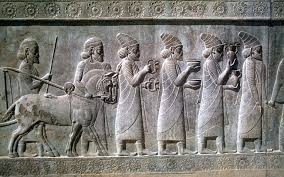A Central Figure in Maya Religion
Kukulkan, the Feathered Serpent, is one of the most important deities in Maya mythology. Representing a blend of bird and serpent, he embodies the connection between earth and sky, symbolizing wisdom, power, and divine authority. His worship influenced religious, political, and architectural practices throughout Mesoamerica.
Temples and Architecture
Kukulkan was honored with grand temples, the most famous being El Castillo at Chichen Itza. This pyramid aligns with the sun during equinoxes, creating the illusion of a serpent descending the steps—a demonstration of Maya astronomical knowledge. Such structures reflect the integration of religion, astronomy, and civic planning in Maya culture.
Religious Significance
As a deity, Kukulkan was associated with creation, fertility, and rain, essential for agriculture. He was also considered a mediator between humans and gods, guiding rituals, sacrifices, and ceremonies. Worship of Kukulkan reinforced social hierarchy and unified communities under shared spiritual practices.
Influence on Mesoamerican Culture
Kukulkan’s worship extended beyond the Maya, influencing neighboring civilizations such as the Toltec and later the Aztecs, where he was known as Quetzalcoatl. His symbolism shaped art, mythology, and governance, highlighting the cross-cultural importance of shared deities in ancient Mesoamerica.
Conclusion
Kukulkan embodies the Maya vision of harmony between the natural and divine worlds. His temples, rituals, and enduring influence reveal a culture deeply attuned to both cosmic cycles and social organization, leaving a lasting legacy in Mesoamerican history.






